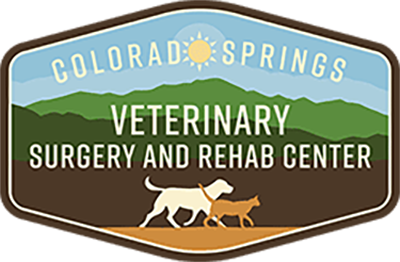Veterinary Services
We offer various services, including surgery, scoping procedures, and more.
Book an Appointment
Book an appointment online using the button below, or call (719) 424-7252.
Meet Our Veterinarians
At Colorado Springs Veterinary Surgery and Rehab Center, our veterinarians and staff always welcome new friends for our specialized treatments. Getting to know you and your pet is the best part of our day! Our innovative veterinary therapy and rehab treatments help keep your pet happy and healthy so they can enjoy a better quality of life. We are proud to be loyal members of the Colorado Springs, CO, veterinary community.
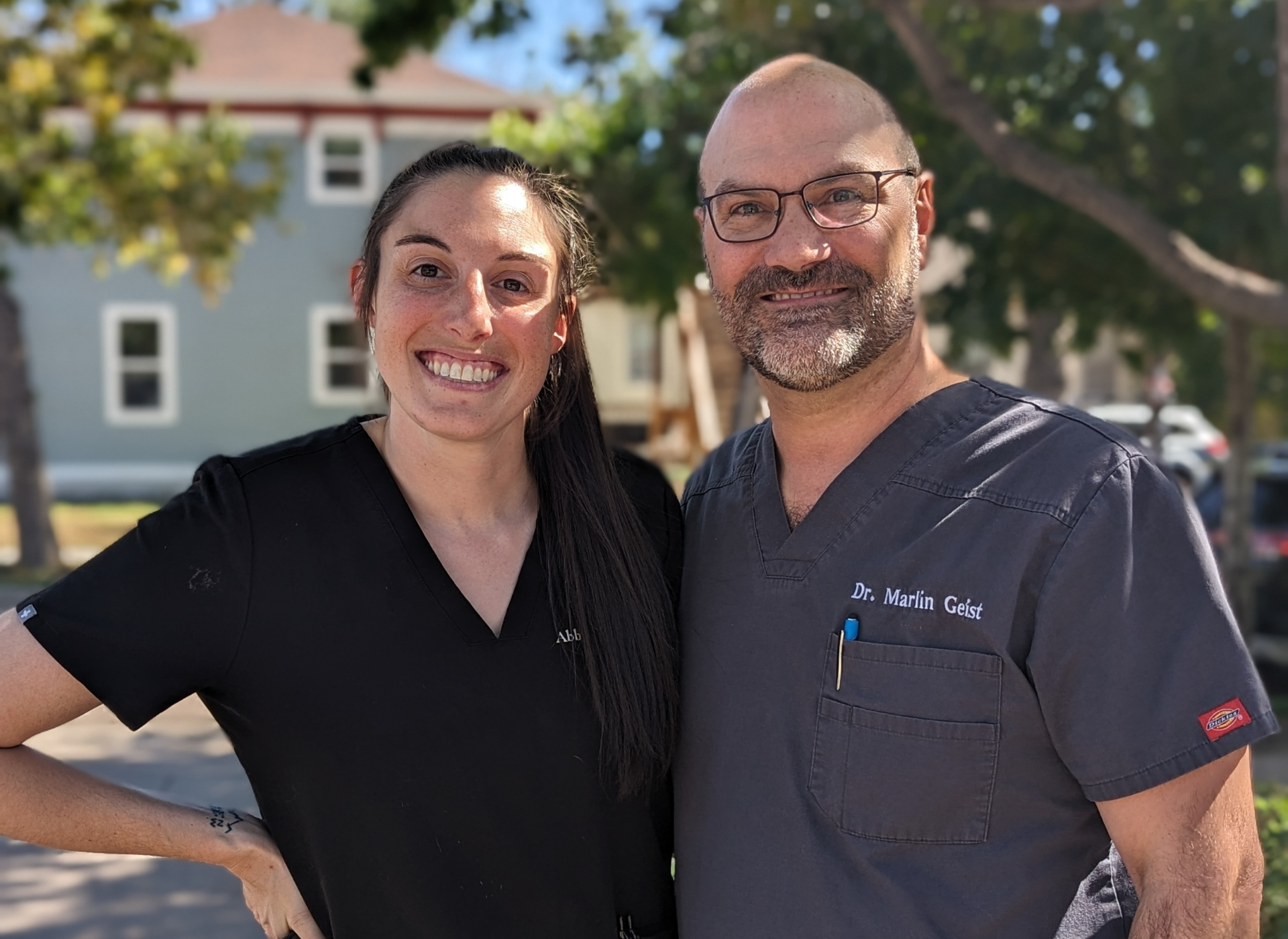
Complete Surgery/Rehab Only in Colorado Springs, CO
We provide various pet rehab services focused on treating acute and chronic medical conditions.
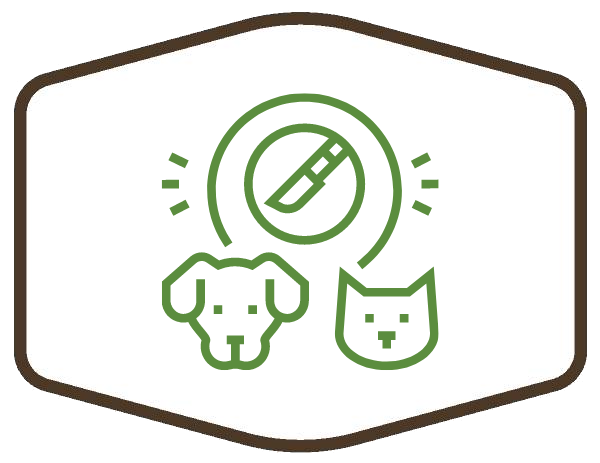
Pet Orthopedic and Soft Tissue Surgery
We treat common injuries and ailments and perform complex surgical procedures.
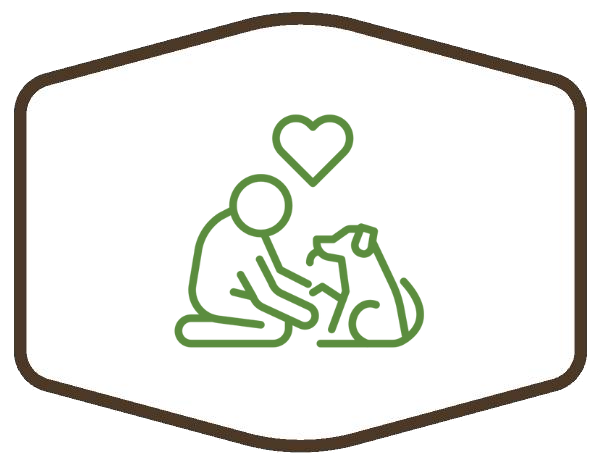
Pet Rehabilitation Therapy
We employ a multi-modal approach to our veterinary rehabilitation treatments.
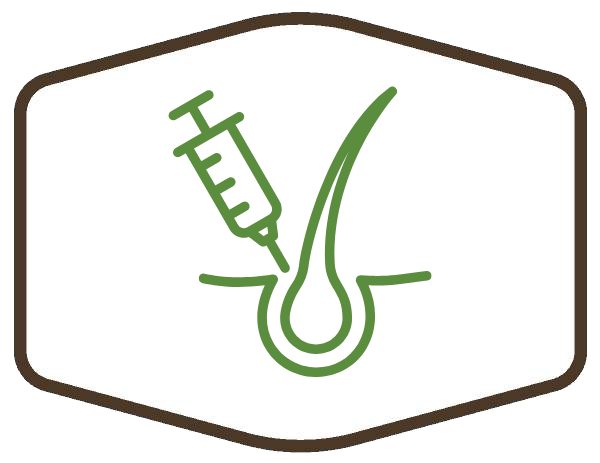
Pet Stem Cell and PRP Therapy
These therapies offer anti-inflammatory benefits and can improve recovery time from trauma.
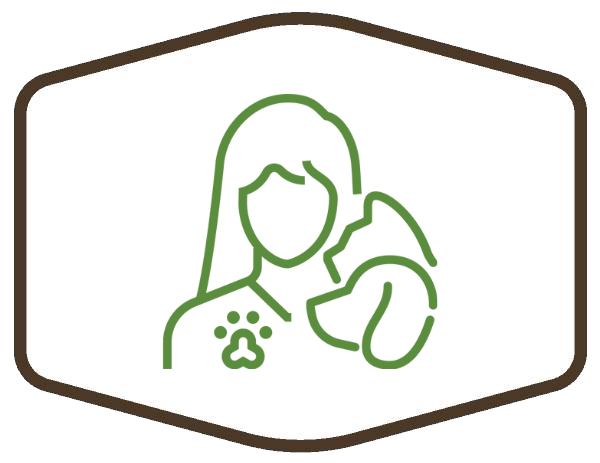
Pet Scoping Procedures
Our minimally invasive scoping procedures allow us to diagnose and treat internal medical problems accurately.
About Colorado Springs Veterinary Surgery and Rehab Center
At Colorado Springs Veterinary Surgery and Rehab Center, we truly understand the strength of the human-animal bond, and our team is committed to providing the best quality veterinary surgical and rehabilitative care for your beloved pet. We strive to form a lasting connection with all our pet clients, and we always think of them as special members of our family. Our goal is to offer personalized veterinary care that takes into account your pet’s total health and overall well-being.

Join Our Team
We’re looking for passionate pet lovers, including veterinarians, technicians, administrative staff, and management. Join our team and help shape our amazing culture.
